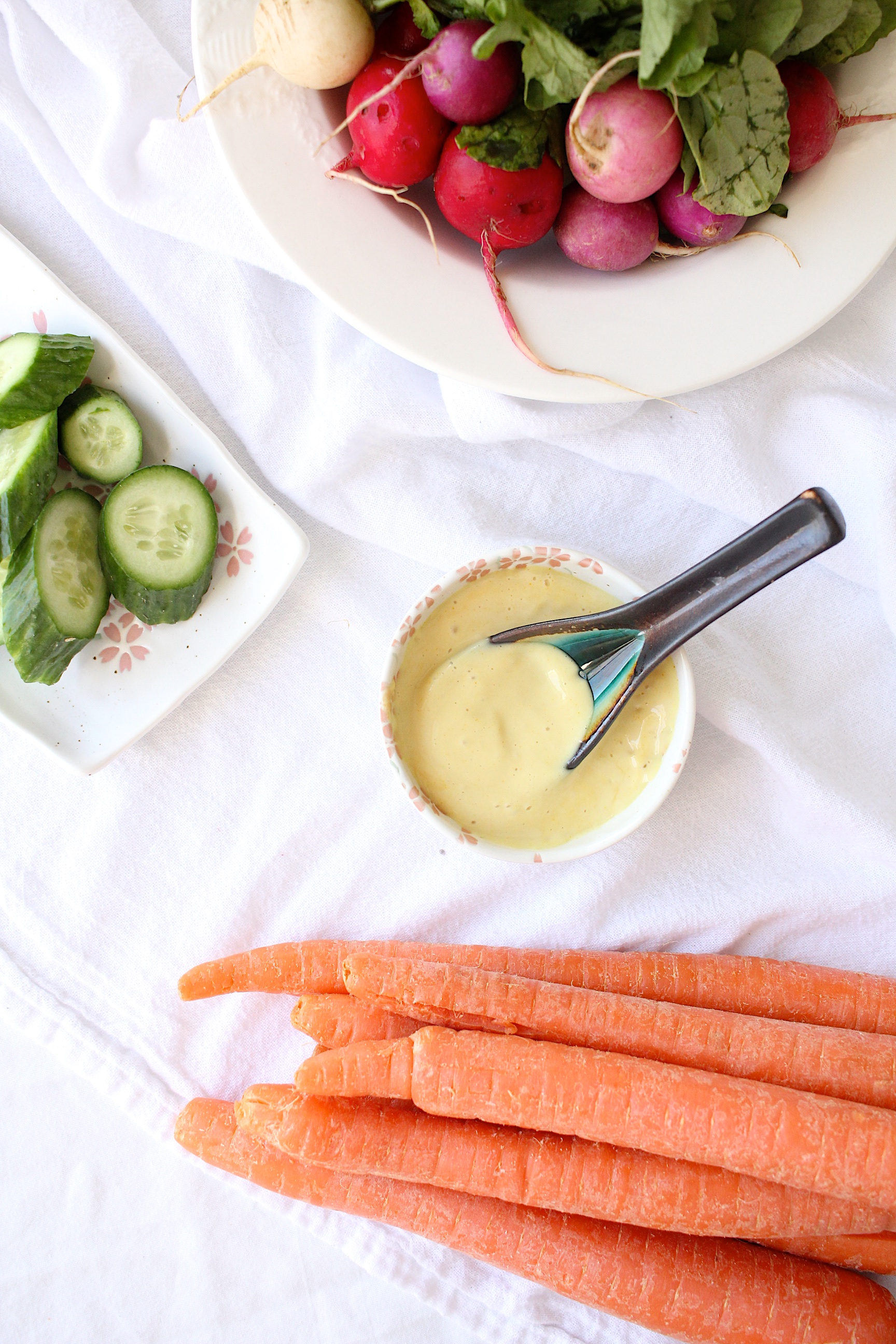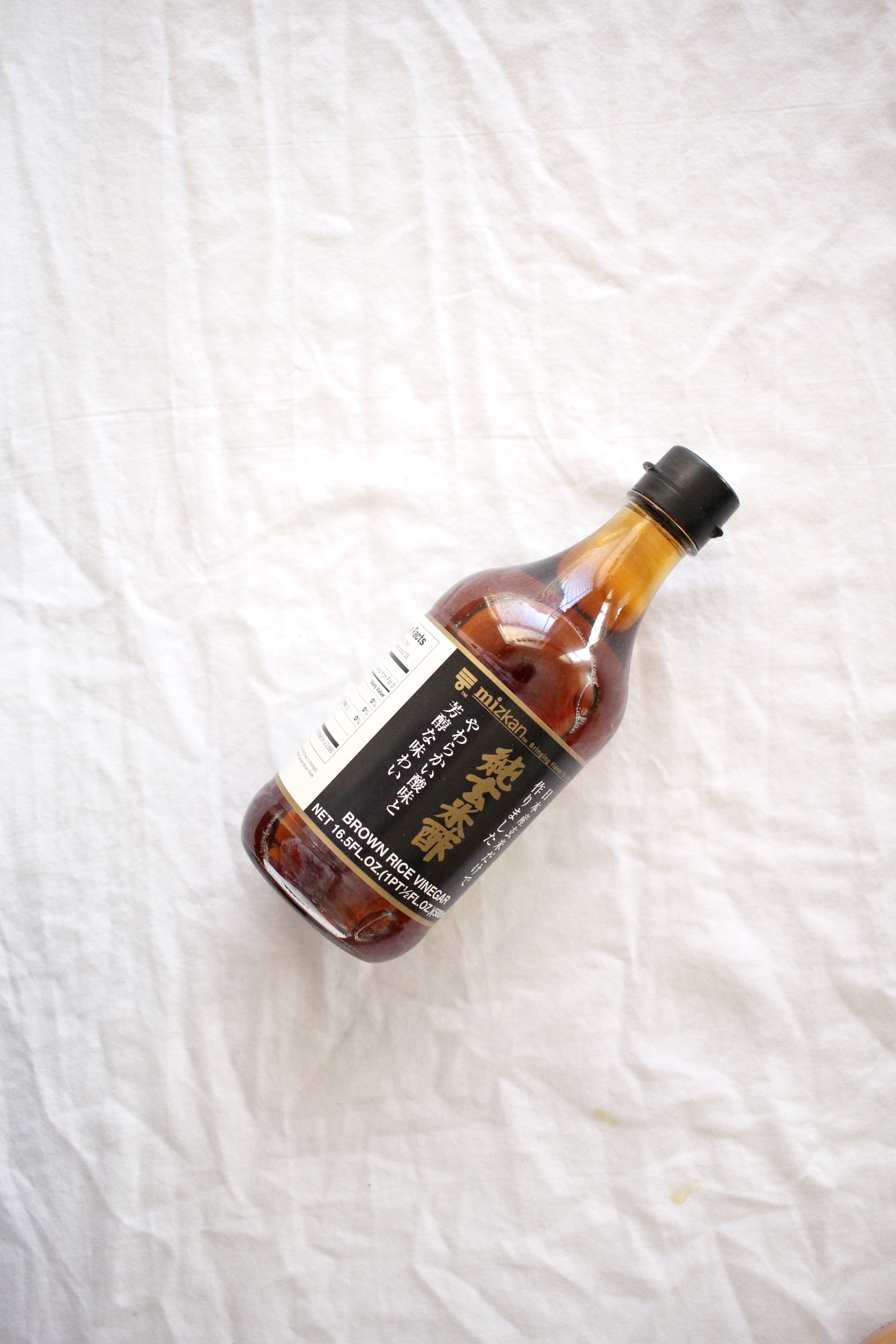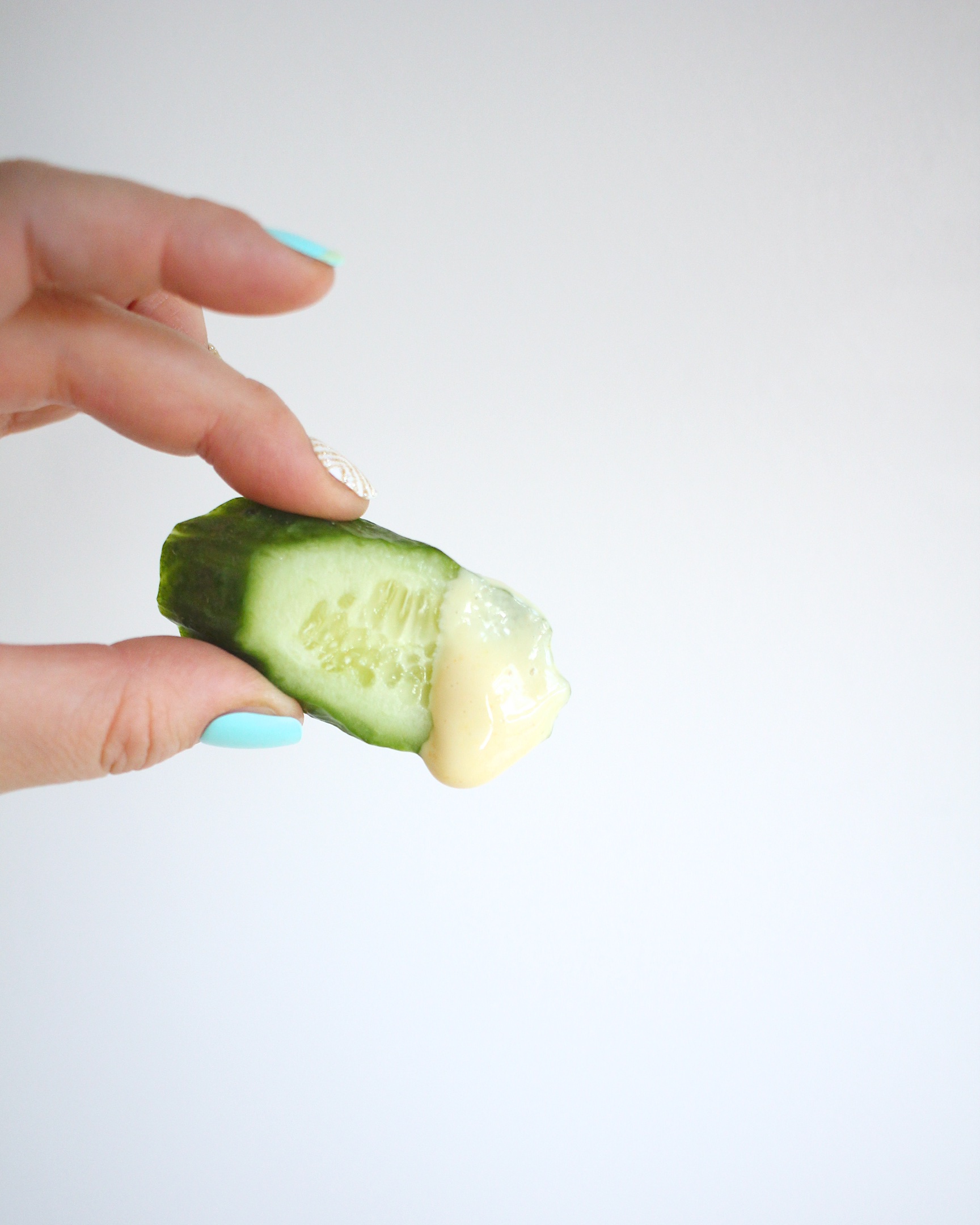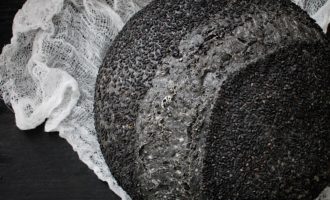Homemade Kewpie Mayonnaise
Kewpie Mayonnaise is such a defining condiment in contemporary Japanese cuisine, but with all of the mysterious additives, I wanted to make a very believable homemade version. And here, I have made just that.

Can we just all agree that Kewpie Mayo is the best mayo there is? I mean really, it’s the perfect creamy, tangy, umami-packed condiment that goes with almost any veg in any preparation. I grew up on it, and because of it, I’m a mayo snob.
Problem is … have you looked at that ingredient list? I can tell you one reason it tastes so darn good: MSG. Short for Monosodium Glutamate, MSG is a flavor enhancer and does its job very well. Unfortunately, MSG is a highly processed imitation of what naturally occurs in some foods, glutamic acid. Glutamic acid has a more well-known name, and that’s the Japanese word, umami. Umami literally means “the taste of deliciousness”, and has become a rather trendy sought-after goal with dishes.
But the term has fairly humble beginnings when Professor Kikunae Ikeda coined the term while drinking dashi. As he savored it and thought of how delicious it was, he realized there were no words in the Japanese language (or English, since we borrow the word) to describe what he was experiencing. It wasn’t sour or sweet or bitter or salty. So he discovered there was a fifth taste, and that was a pleasant savory one.

So while I was playing around with a homemade version of my beloved childhood mayonnaise, I knew there had to be a lot of umami-packed ingredients to make up in flavor for my omitting MSG. And the obvious choice was dashi. I have a basic dashi recipe on my blog here, but I wanted it as flavor packed as possible without diluting the mayonnaise too much, so I changed my recipe a little for this specific purpose. Bonito flakes, kombu, and shiitake mushrooms are all umami workhorses, so I included all three and reduced the amount of water significantly.
Soy sauce is also high in naturally occurring glutamic acid, so I opted for soy sauce instead of salt. But as with all soy products I only use non-GMO verified and preferably USDA certified organic. My favorite soy sauce is this.

Lastly, brown rice vinegar. I went deeper into the topic before, so I won’t talk about it too much here. Just that the product is purer, and by golly the flavor is a million times better. It’s worth the search if you can find it in your local Asian Market. And if not, there’s always online.
And now, without further ado, here’s a quick vid on how to make your own Homemade Kewpie Mayo.


- 1 cup warm water
- 6 dried shiitake caps
- 1 cup dried bonito flakes
- 1 approximately 4x4 square of dried kombu
- 2 egg yolks
- 1 cup avocado oil
- 1/2 teaspoon dry mustard
- pinch dried turmeric
- 1 garlic clove, minced or grated
- 1 teaspoon soy sauce
- 2 tablespoons brown rice vinegar*
- 1 teaspoons raw honey
- In a small sauce pan, place the water and shiitake mushrooms together and let steep for at least an hour, and up to 4 hours.
- After steeping, add the bonito flakes and kombu and bring to a boil. Once boiling, immediately remove from the heat and strain. Discard the solids. Let the liquid cool to room temperature. This is your dashi.
- In a wide mouth 16 oz or larger mason jar, add the mayo ingredients in order. Add 2 tablespoons of the cooled dashi. Insert and immersion blender and blend on high until completely emulsified. Refrigerated for up to 1 week.
- *if you can't find brown rice vinegar, equal parts unseasoned rice vinegar + malt vinegar will do in a pinch




Be the first to comment.